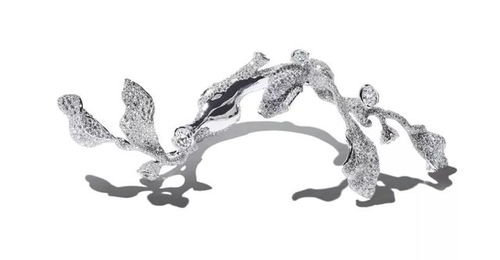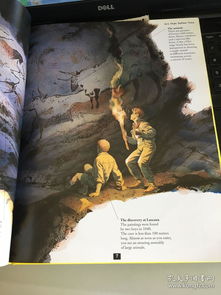Content:
Fishing, an ancient pastime that has stood the test of time, continues to captivate anglers around the world. Among the various methods of fishing, line-spooled fishing with a rod and reel is one of the most popular and accessible techniques. Whether you are a seasoned angler or a beginner looking to hone your skills, understanding how to use a line-spooled fishing rod effectively can significantly enhance your fishing experience. In this article, we will delve into the essential techniques to help you master the art of line-spooled fishing.
Choosing the Right Equipment
The first step in line-spooled fishing is selecting the right equipment. Here are some key considerations:

Rod Selection: Choose a rod that suits the type of fish you are targeting. Longer rods are generally better for casting, while shorter rods are more suitable for close-range fishing. The rod's action, which refers to how much it bends under pressure, should also match the species you are fishing for.
Reel Selection: The reel you choose should complement your rod. Spincasting reels are ideal for beginners, while baitcasting reels offer more control and are better for casting heavier lures. Make sure the reel is properly matched to your rod's strength and line capacity.
Line Selection: The type of line you use will depend on the fish you're targeting and the conditions you're fishing in. Monofilament line is versatile and durable, while fluorocarbon line is nearly invisible underwater and excellent for clear water fishing. Braided line is strong and has less stretch, making it ideal for catching large fish.
Techniques for Casting
Casting is a fundamental skill in line-spooled fishing. Here are some tips to improve your casting technique:
Hold the Rod Properly: Grip the rod with a comfortable, yet firm, handshake. The index finger should be slightly above the reel, and the thumb should be wrapped around the lower part of the rod handle.
Load the Reel: Before casting, make sure the line is properly loaded onto the reel. The amount of line on the spool should be sufficient to cover the distance you plan to cast.
Backcast: Begin by holding the rod with your non-casting hand and the line in your casting hand. Move the rod back slowly, allowing the line to flow out and load the reel. The rod should be held at a 45-degree angle to the ground.
Forward Cast: As you bring the rod forward, release the line by opening your casting hand. The line should fly out smoothly and land with a soft landing.
Practice: Casting takes practice, so don't be discouraged if you don't get it right at first. Keep practicing until you feel comfortable with the technique.
Techniques for Lining Up
Once you've cast your lure, the next step is to line it up with the fish. Here's how to do it:
Keep the Line Taut: Maintain tension on the line to prevent snags and to keep the lure in motion.
Adjust Your Rod Position: Move the rod to the side opposite the direction you're casting. This helps to keep the line straight and reduces the risk of line twists.
Use a Variety of Techniques: Depending on the fish species and the type of lure, you may need to use different retrieve techniques. For example, a slow retrieve is often effective for fish that are close to the bottom, while a faster retrieve may be better for surface-feeding fish.
Techniques for Hooking and Landing Fish
Once you've hooked a fish, it's time to land it:
Play the Fish: After hooking the fish, play it by reeling in line and then letting it run when it starts to pull away. This helps to tire the fish out.
Land the Fish: Once the fish is tired, slowly reel it in. Keep the rod tip up to prevent the fish from swimming into structure or vegetation.
Handle the Fish Carefully: When you have the fish at the boat or on the shore, handle it gently to avoid injury.
Conclusion
Mastering the art of line-spooled fishing requires patience, practice, and a willingness to learn. By following these essential techniques, you'll be well on your way to becoming a proficient angler. Remember, the key to successful fishing is not just the technique, but also the understanding of the fish you're targeting and the environment you're fishing in. Happy fishing!












